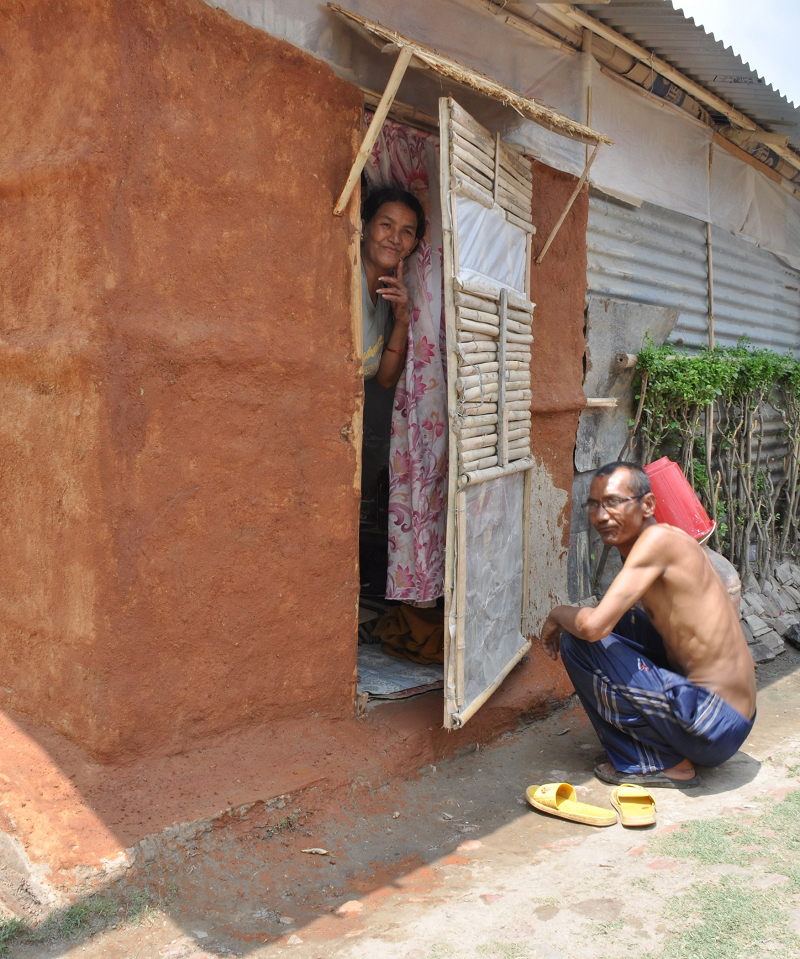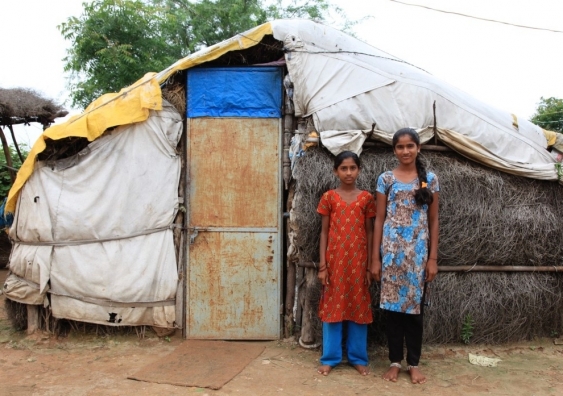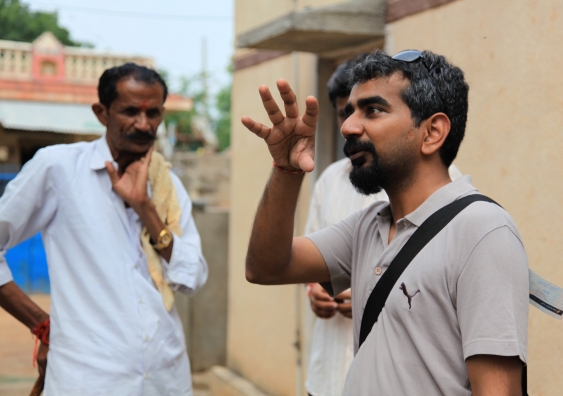
With monsoon flooding and natural disasters in South Asia increasing in scale and severity, what can architects and urban planners do to make a difference?

Makeshift repairs to a home in Gujarat, India, after the 2001 earthquake. Photo: Supplied
As humanitarian disasters in South Asia become more extreme, urban planners and architects are tackling how to rebuild and, more importantly, how to prevent future loss of houses, schools and agriculture.
Dr Anshu Sharma will discuss the way planners respond to extreme weather events in Humanitarian Architecture: Who Really Designs? when he delivers the annual Judith Neilson Lecture at UNSW Sydney on Wednesday, 8 November.
The lecture is part of the Utzon Lecture Series presented by UNSW Built Environment.
In August, more than 40 million people in India, Bangladesh and Nepal were affected by monsoon downpours that forced people from their homes, wiped out crops and left parts of cities submerged.
"Almost all the housing losses were informal and uninsured losses. These families have no savings, no alternate homes to go to, and no endowed family and friend networks to fall back on,” says Dr Sharma, an urban planner based in New Delhi.
“People start re-building by themselves as soon as they can with whatever they have. This kind of reconstruction work isn’t about great design and rendered drawings, it’s about engagement with communities and local innovation.”

Dr Anshu Sharma working in India on post-disaster recovery. Photo: Supplied
The most recent flooding crisis sent Dr Sharma to work in Dhaka setting up a Safer Communities Innovation Lab in Korail, Bangladesh’s largest slum. The permanent lab is a joint project with the UNSW School of Built Environment.
“The lab will operate like a community hub. We sit with people and try and tackle issues like prevention and preparedness,” Dr Sharma says.
“People affected by these floods are almost never waiting for help. We go to affected areas and start talking about how things work and how to make things better using local materials with some modern intervention."
Dr Sharma specialises in disaster response and recovery. He has worked in more than 10 countries building disaster and climate resilience in vulnerable communities, responding to disasters with shelter and school reconstruction programs, training practitioners and building inter-agency relationships.
He is the co-founder and director of SEEDS, a non-profit organisation working in disaster reduction and recovery in Asia, and Saferworld Communications, which services the communication needs of the development sector. He is working on the disaster preparedness innovation lab in Bangladesh in partnership with the UNSW School of Built Environment, and others.
In his lecture Dr Sharma will discuss working with local masons on techniques such as stabilisation, a process of adding 7% to 8% cement or lime to earth or mud walls to increase strength and improve resistance to flooding and heavy rain.
“I am conscious that communities should be able to continue doing it on their own and they’re not shipping materials in from overseas,” he says.
Dr Sharma will also address the larger, systemic changes needed through policy and strategy.
“It’s not about designing beautiful houses. It’s about getting into the communities and learning about the root causes so we can come up with much larger innovations. There is often a huge gap between what we are studying in architecture and design, and what people are receiving and how they are surviving.”
To view the recording of this lecture please click here.
07 NOV 2017 | LUCY CARROLL
